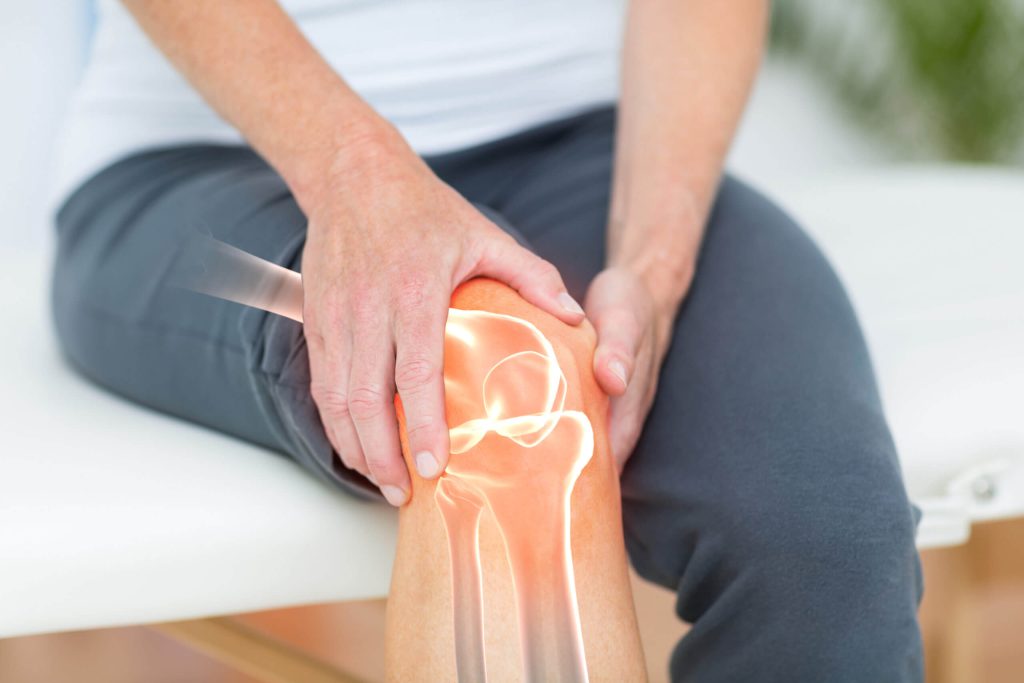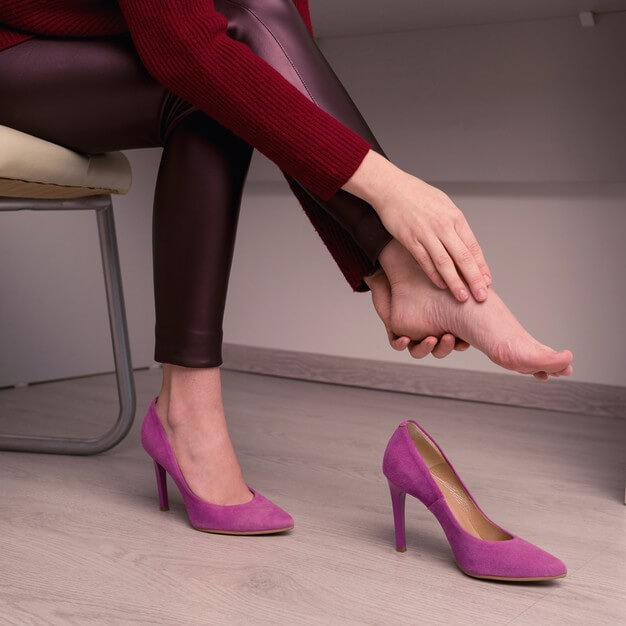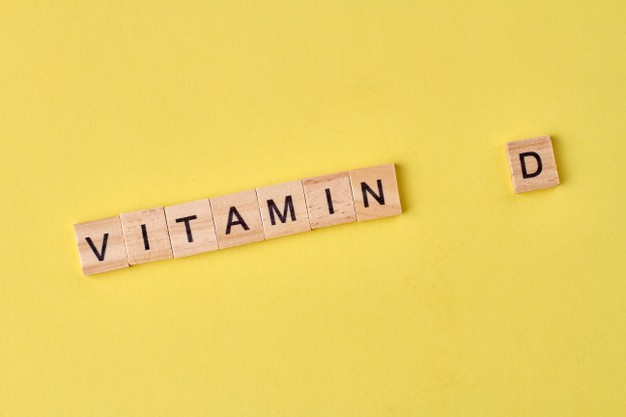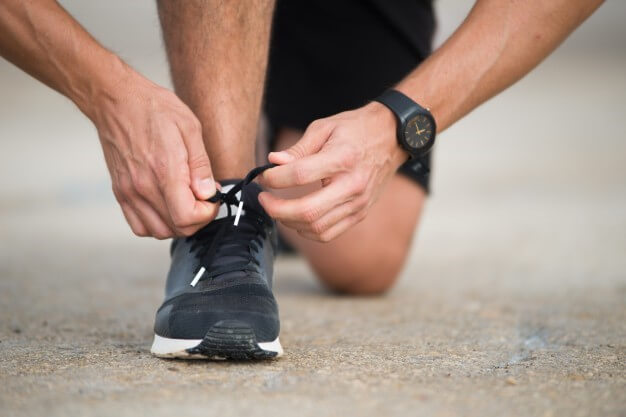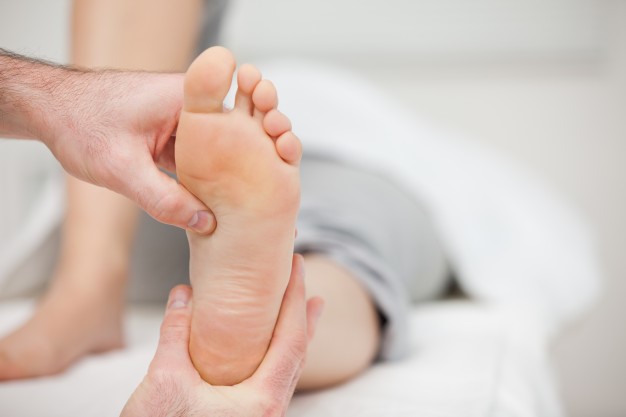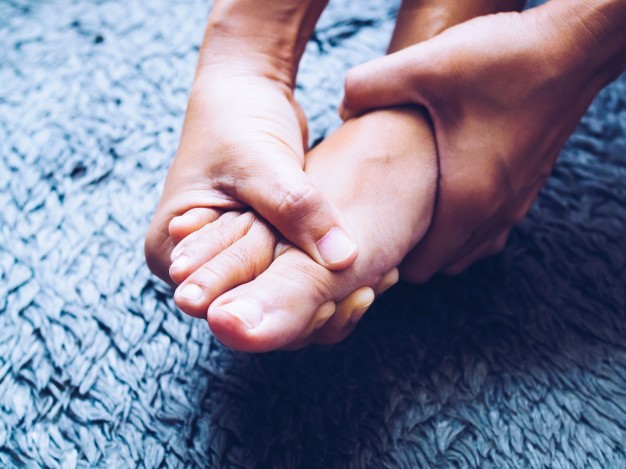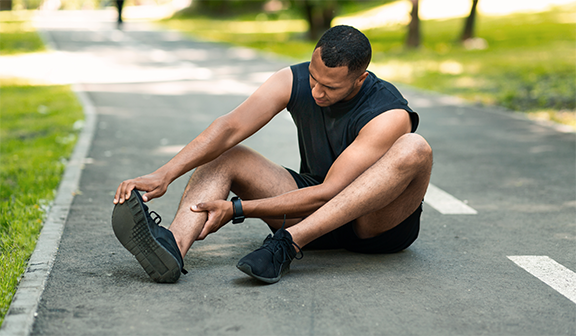Do you suffer from Knee pain? This is for you
Did you know that knee pain can happen without accident or injury?! Knee pain is a common complaint that can occur when doing simple activities such as getting up from a chair, walking, or climbing stairs. So, what causes knee pain? Your joints and tissues can tolerate certain amount of activity, and this amount varies depending on your health condition. For example, your tolerance can decrease significantly after a period of illness. However, you don’t have to experience pain at the time of the activity, but it can occur within 24 hours afterwards. Also, athletes who engage in sports that involve jumping or running are more likely to develop knee pain and problems, but some factors can increase the risk, such as: Being overweight. Overuse of the knee. Arthritis such as rheumatoid arthritis, osteoporosis, lupus, and gout. Infection in the bones of the knee or the knee joint. Aging Tips to help you treat knee pain In most cases, knee pain can be treated within a few days by following these tips: Avoid standing for long periods. Raise your knee as much as possible to reduce swelling. Wear an elastic bandage to provide support for your knee such as Incrediwear. Take an analgesic such as ibuprofen to relieve pain and swelling. Put a pillow under your knees or between your knees when sleeping. Before doing any sport or exercising, make sure that you can move properly and there is no swelling. Within the first 48 hours of the problem: Rest, however you should move your knee gently every hour for 10 to 20 seconds. Apply ice compress or ice in a washcloth for up to 15 minutes every two hours if you suffer from swelling or warmth. But after 48 hours: Try to use your knee more. Avoid violent sports or weight lifting. Do simple exercises to help relieve pain. When to see a podiatrist? You will need to visit Health and Style Medical Center if you: Cannot bear weight on your knee. Suffering from severe pain, even when you are not bearing weight on your knee. Cannot bend your knee. Notice redness, warmth, or severe swelling around your knee. Have pain, swelling, numbness, or tingling. Suffering from pain after 3 days of home therapy. Prevention of knee pain Warm-up before exercising. Do stretches when you finish exercising. Lose weight because every 0.5 kg of weight gain puts about 2.25 kg of additional pressure on your knee when going up and downstairs, and the amount of extra pressure is greater when jumping.
Do you suffer from Knee pain? This is for you Read More »
